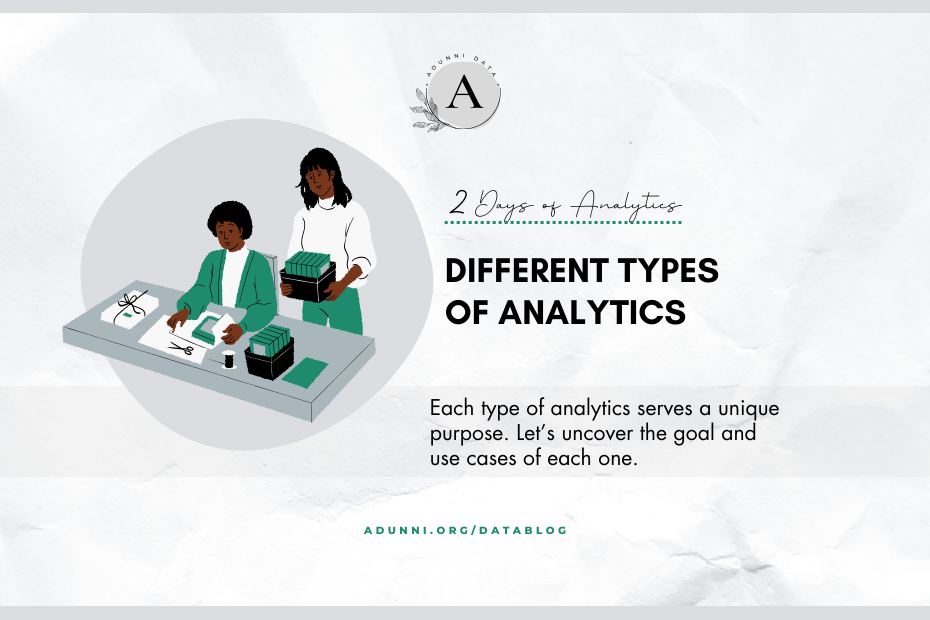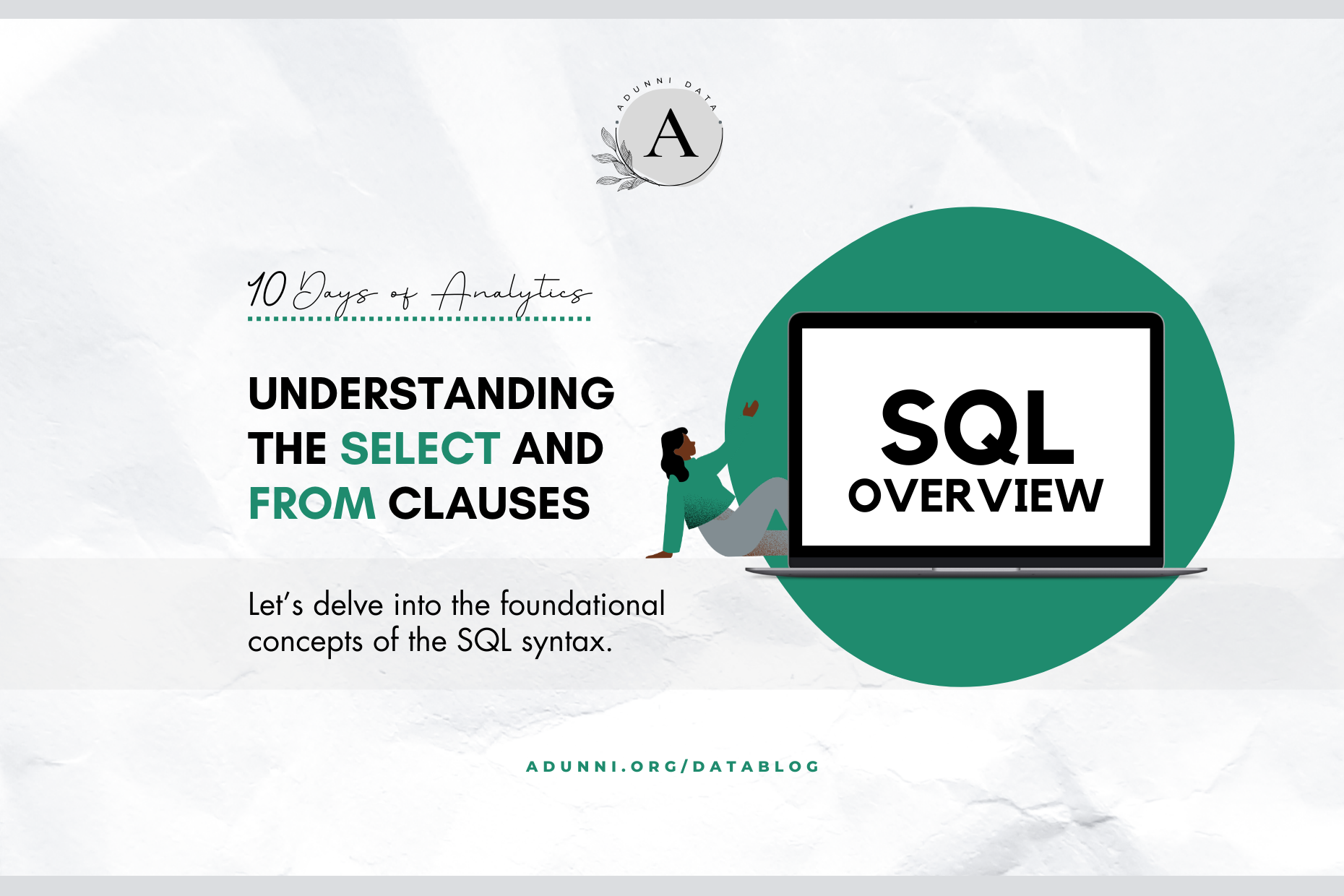Data is often referred to as the new oil of the 21st century. However, like crude oil, data requires refinement to unlock its true value. Analytics is the refining process, and it comes in various forms, each serving a distinct purpose.
In this post, we’ll explore the different types of analytics and some use cases.
Descriptive Analytics
Descriptive analytics is the most basic form of data analysis. It involves the examination of historical data to understand past events and trends. This type of analysis answers questions like “What happened?” It’s fundamental for reporting and visualization and is commonly used in business intelligence.
For instance, a retail company might use descriptive analytics to track monthly sales figures.
Diagnostic Analytics
Diagnostic analytics goes a step further by aiming to understand why certain events occurred. It delves into the causal relationships between data points. This type of analysis answers questions like “Why did it happen?”
For example, if a website experienced a sudden drop in traffic, diagnostic analytics might reveal that it was due to a change in the search engine ranking.
Predictive Analytics
Predictive analytics leverages historical data and statistical algorithms to make predictions about future events. It answers questions like “What is likely to happen?” Predictive analytics is invaluable in forecasting, risk management, and customer behavior analysis.
In finance, it’s used for stock price predictions, while in marketing, it helps identify potential customer churn.
Prescriptive Analytics
Prescriptive analytics takes predictive analytics one step further by suggesting the best course of action to achieve a specific outcome. It answers questions like “What should we do?” and it provides recommendations based on data and optimization algorithms.
For instance, in healthcare, prescriptive analytics might help doctors determine the most effective treatment plan for a patient based on their medical history and current condition.
| Type of Analytics | Focus | Key Question | Example |
| Descriptive | Past | What happened? | Monthly sales report |
| Diagnostic | Past | Why did it happen? | Root cause analysis of customer churn |
| Predictive | Future | What might happen? | Sales forecast for the next quarter |
| Prescriptive | Future | What should we do? | Inventory optimization for cost reduction |
In Summary
The world of analytics is incredibly diverse, and each type of analytics serves a unique purpose. From understanding the past with descriptive analytics to shaping the future with prescriptive analytics, these methods offer valuable insights for decision-makers in various industries. By applying the right type of analytics to the right problem, businesses can harness the power of data to make informed decisions and gain a competitive edge.
As technology continues to evolve, so does the world of analytics, opening up new possibilities and opportunities for organizations to extract insights and drive innovation.
Did you learn anything new? Share your new insights with us on Facebook, LinkedIn or Instagram and don’t forget to tag us!


